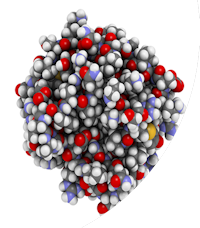Author: Advatech
-
Collegen
Tendons and Ligaments There have been many studies investigating laser use and collagen production. Rocha et al. (2016) showed significant increases in both type I and type II fibers compared to controls when using 904 nm laser treatment. Whilst Ma et al. (2018) showed increases using both 635 nm and 830 nm. The main effects…
-

Fibroblasts
The effects of lasers on fibroblast activity and subsequent cell proliferation have been shown to have mixed results: Positive e.g. No response e.g. Inhibitory response e.g. This variance in results is likely due to the actual effects of laser. In that laser can have the effect of increased cell proliferation (i.e. more) at low doses…
-

Circulation
Angiogenesis & Neovascularisation It is well established that laser therapy can increase angiogenesis (Corazza et al 2007, Tuby et al. 2009, Vivian et al. 2013). This increase in circulation has been demonstrated and used in wound healing for many years. Although angiogenesis may not be desirable in every pathology it has it’s place in rehabilitation.…
-

Healing Effects
It is well understood that light affects the body and hence the cells. Ultra Violet (UV) radiation (wavelength range 290–400 nm) from sunlight can create damage to the skin. We also know that visible light (400–760 nm) and Infra-Red (IR) radiation (760–3000 nm) influences the body and in particular the metabolism of mammalian cells (Karu…
-

History
Light has a long history in medicine. Niels Ryberg was awarded the Nobel prize (medicine and physiology) in 1903 for treating patients with light (red and blue). In the 1960’s lasers (light amplification by stimulated emission of radiation) became available. Made in 1960 by Theodore H. Maiman at Hughes Research Laboratories, (Charles Hard Townes and Arthur Leonard Schawlow developed the…